Economic Development: March 2025 Current Affairs | Current Affairs & General Knowledge - CLAT PDF Download
India’s Pharma Industry

Why in News?
The Indian Pharmaceutical Alliance (IPA) has proposed a zero customs duty on US medicine imports to prevent reciprocal US tariffs and maintain India's dominance in the American pharmaceutical market.
Key Takeaways
- The US imports USD 9 billion worth of pharmaceutical formulations from India annually, making up one-third of India's total pharma exports.
- A zero-duty policy helps counter and safeguard India's pharmaceutical exports while strengthening trade ties.
- The US and other western countries urge India to amend its Patents Act, 1970, which could threaten Indian pharma companies by restricting reverse engineering.
Additional Details
- Importance of US Market: The US market is critical for India, with significant exports in pharmaceuticals, contributing to the overall growth of the Indian pharma sector.
- Status of India's Pharmaceutical Industry: India ranks 3rd globally in pharmaceutical production by volume and is the 14th largest in terms of value, supplying over 50% of global vaccine demand and 40% of generic medicines in the US.
- Market Size: India's pharmaceutical market for FY 2023-24 is valued at USD 50 billion, contributing around 1.72% to GDP, with projections to reach USD 130 billion by 2030.
India's pharmaceutical sector is a major player in the global market, driven by affordable pricing and strong government support. However, it faces challenges such as quality issues, regulatory hurdles, and dependency on API imports. To maintain its leadership, India must strengthen its R&D capabilities and expand its global market reach.
District-Level GDP Estimation in India
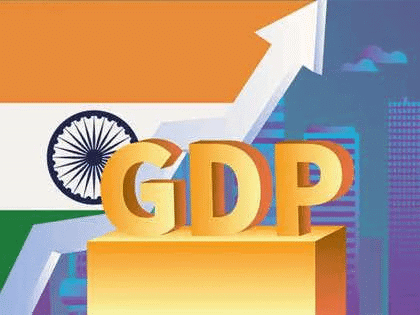
Why in News?
India's economic growth has traditionally been evaluated through national and state-level Gross Domestic Product (GDP) estimates, often neglecting the contributions of individual districts via District Domestic Product (DDP) estimation. Prime Minister Narendra Modi has highlighted the necessity of understanding district-wise contributions to achieve the ambitious goal of a USD 5 trillion economy, advocating for localized developmental strategies.
Key Takeaways
- The current GDP estimation methodology combines top-down and bottom-up approaches based on sectoral classifications.
- Limitations in the existing methodology lead to a lack of accurate representation of local economic activities.
- Implementing district-level GDP estimation presents several challenges, including reliance on the informal sector and data collection inconsistencies.
- Accurate DDP estimation can enhance fiscal federalism, equitable growth, and policy reforms.
- Future strategies include pilot projects, improving local data collection mechanisms, and leveraging digital tools.
Additional Details
- Current GDP Estimation Methodology: India’s GDP is calculated using a mix of top-down and bottom-up approaches. The primary sector, which includes agriculture, forestry, fishing, and mining, typically uses a bottom-up approach, aggregating data from the district level upwards. In contrast, the secondary (manufacturing and construction) and tertiary (services, trade, banking) sectors rely on a top-down approach that allocates national GDP to states and districts based on indirect indicators, such as employment levels.
- Limitations: The current methodology often overlooks local sectoral strengths, particularly in the secondary and tertiary sectors. Economic variability within districts and the lack of granular data lead to generic policies that do not reflect local economic conditions.
- Challenges in Implementation: The informal sector presents a significant challenge for DDP estimation due to its reliance on unregistered labor, leading to underestimations. Additionally, financial and logistical barriers hinder the establishment of a robust statistical framework, while inconsistent data collection practices across states exacerbate inaccuracies.
- Benefits of DDP Estimation: Accurate DDP estimation can enhance fiscal federalism by empowering district administrations to create tailored economic strategies, facilitate equitable growth by including rural and underdeveloped districts, and inform policy reforms by providing data for performance-based grants.
- Way Forward: To improve DDP estimation, the government can initiate pilot projects in economically active districts, foster collaboration between states and research institutions, and enhance local data collection efforts. Moreover, utilizing digital tools and expanding the role of the Ministry of Statistics and Programme Implementation (MoSPI) can ensure uniformity and enhance the reliability of DDP estimates.
In summary, addressing the limitations of India's current GDP estimation methodology through localized district-level assessments can significantly improve economic policymaking and foster more equitable growth across various regions.
Strengthening India’s Spice Industry
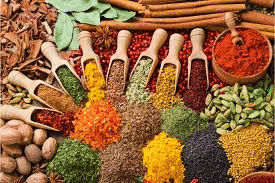
Why in News?
India continues to be the leading producer and exporter of a wide variety of spices globally. However, despite its dominant production levels, the country holds only a small fraction of the global seasoning market, raising concerns about the need for improvement in value addition and export strategies.
Key Takeaways
- India accounts for a mere 0.7% of the $14 billion global seasoning market.
- Annual spice production in India is approximately 1.5 million tonnes, contributing $4.5 billion in exports.
- Emerging regions like the North-East of India are becoming significant in spice production.
Additional Details
- Major Spice-Producing States: Key regions include Kerala, Karnataka, Tamil Nadu, Andhra Pradesh, and Gujarat, with new areas like North-East India, Odisha, and Jharkhand gaining prominence.
- Challenges: The Indian spice industry faces issues such as low value addition (only 48% of spices are value-added), high production costs, competition from countries like Vietnam and Brazil, quality and safety concerns, and the impacts of climate change.
- Government Initiatives: The Spices Board of India and the Indian Council of Agricultural Research are working on improving farming techniques, developing high-yield varieties, and promoting sustainable practices.
To elevate its position in the global spice market, India must focus on enhancing value addition, increasing the share of processed products, improving compliance with international quality standards, and expanding its market reach. Achieving the target of $10 billion in spice exports by 2030 will require significant reforms and investments across the industry.
Budgetary Dependence of CPSEs
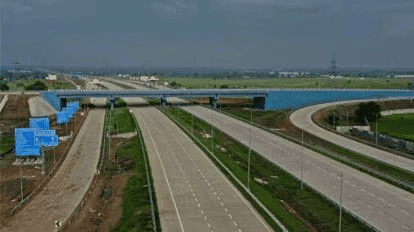
Why in News?
Concerns have emerged as Central Public Sector Enterprises (CPSEs) revise their capital expenditure (capex) strategy, increasingly depending on budgetary support rather than pursuing self-financing or private investment. This shift has ignited discussions about the long-term financial sustainability and autonomy of CPSEs.
Key Takeaways
- CPSEs have become heavily reliant on budgetary support, which includes equity and loans from the government.
- Budgetary assistance for CPSEs has surged over 150% from ₹2.1 lakh crore in FY20 to ₹5.48 lakh crore in FY25 (Revised Estimate).
- Internal and Extra Budgetary Resources (IEBR) have significantly declined, restricting CPSEs’ financial flexibility.
- High debt levels and policy instability are deterring private sector participation in CPSE projects.
- Government pressure to pay high dividends limits CPSEs' capacity for reinvestment and long-term growth decisions.
Additional Details
- Overdependence on Budgetary Support: CPSEs' reliance on government funding has increased, with IEBR dropping from ₹6.42 lakh crore in FY20 to an estimated ₹3.82 lakh crore in FY25.
- Reduced Private Sector Participation: The National Highways Authority of India (NHAI) expected to source 38% of its funding from private investments, but its IEBR fell to zero in FY23-FY24, primarily due to rising debts and policy inconsistencies.
- Policy Concerns: The Standing Committee on Transport (FY22) emphasized that high budgetary support alone cannot fulfill CPSE investment requirements and recommended increased private sector engagement.
- High Dividend Payments: The government's insistence on prioritizing dividends over reinvestment hampers CPSEs' growth and modernization efforts.
- Limited Financial Autonomy: CPSEs lack the operational flexibility that private firms enjoy, leading to slower decision-making processes.
In summary, the increasing budgetary dependence of CPSEs raises significant concerns regarding their financial health and autonomy. To enhance fiscal sustainability, measures such as disinvestment of non-strategic CPSEs, encouraging independent capital raising, and limiting dividend payouts for reinvestment are essential.
IMF Report on India’s Financial System
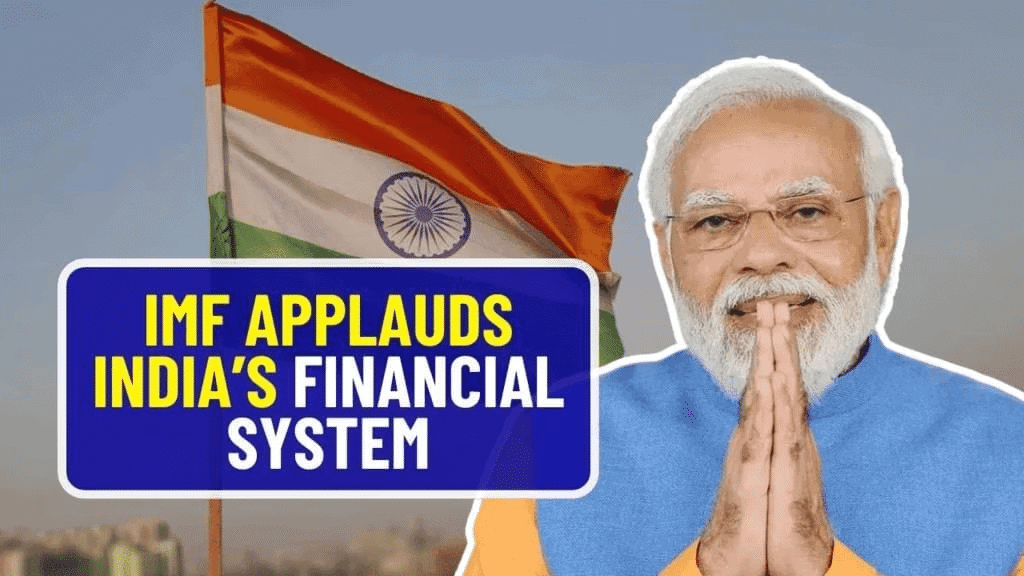
Why in News?
The International Monetary Fund (IMF) has recently published a report titled "India Financial System Stability Assessment," which evaluates the overall stability of India's financial system and identifies potential sources of systemic risk.
Key Takeaways
- India's financial system has shown increased resilience and diversity since the pandemic.
- Stress tests indicate that major lending sectors are resilient to macrofinancial shocks.
- Public Sector Banks (PSBs) may need to bolster their capital base to maintain lending capabilities during economic downturns.
- High exposure of NBFCs (Non-Banking Financial Companies) to the power sector presents systemic risk.
- The regulatory framework for supervisory agencies requires enhancement to align with international best practices.
Additional Details
- Resilience to Macrofinancial Shocks: Stress tests have shown that banks and NBFCs generally maintain sufficient aggregate capital, allowing moderate lending even under severe economic conditions. However, PSBs may require improved capital to navigate downturns.
- Vulnerability of Public Sector Banks: PSBs are more exposed to credit risks and should consider retaining earnings rather than distributing dividends to enhance their capital adequacy for future challenges.
- Oversight Framework: Current supervisory agencies lack autonomy, and their influence over state-owned financial institutions is limited compared to global standards.
- IMF Overview: The IMF, established in 1944, aims to stabilize international economies and promote sustainable growth. It has 191 member countries and provides financial assistance, technical guidance, and policy recommendations.
In conclusion, the IMF's assessment highlights the need for India's financial institutions to strengthen their capital frameworks and enhance regulatory practices to mitigate systemic risks effectively. The recommendations provided could foster greater resilience and stability in the financial sector, ensuring better preparedness for future economic challenges.
India’s Textile Industry
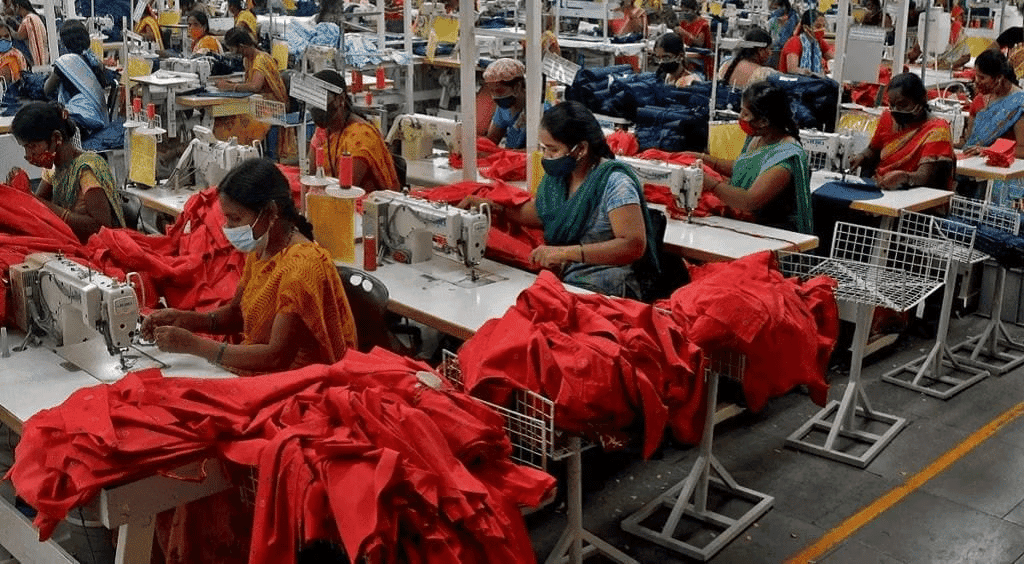
Why in News?
The textile industry in India is a significant sector, encompassing the full value chain from cotton cultivation to apparel manufacturing. Despite being one of the largest globally, it faces challenges in competitiveness, particularly against countries like China, Vietnam, and Bangladesh, due to fragmented supply chains and regulatory complexities.
Key Takeaways
- India is the second-largest producer of cotton, contributing 24% to global production.
- The textile industry employs over 4.5 crore people, highlighting its importance in the economy.
- India's man-made fibre (MMF) consumption is significantly lower than global averages.
- MSMEs constitute about 80% of the textile value chain, specializing in various products across states.
Additional Details
- Cotton Production: India ranks second globally in cotton production, with major cultivation in states such as Gujarat, Maharashtra, and Telangana.
- Growth Trends: From FY15 to FY19, the textile sector grew at a CAGR of 0.4%, while apparel saw a growth of 7.7%. However, the period from FY20 to FY24 experienced a contraction in both sectors.
- Export Challenges: Despite a trade surplus, textile exports have been sluggish, with significant reliance on markets like the U.S. and EU.
- Sustainability Challenges: There is a rising global focus on sustainability, pushing Indian manufacturers to adapt to stricter compliance norms.
The textile industry is a cornerstone of India's economy, contributing significantly to industrial output and employment. However, to remain competitive and sustainable, it must navigate various challenges, including production costs and environmental regulations.
Enhancing India's Agri-Exports
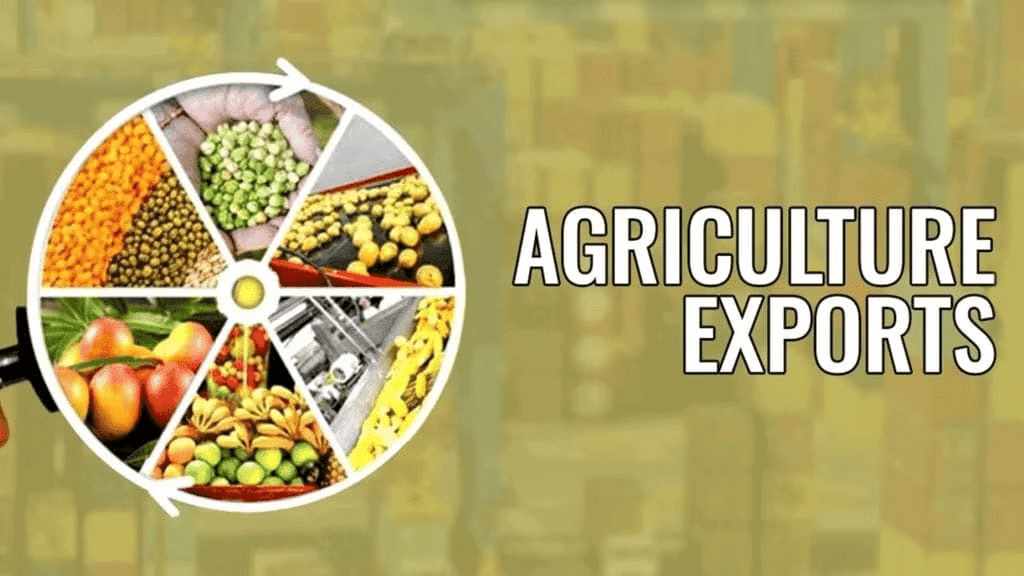
Why in News?
India’s agricultural exports have shown a growth of 6.5%, reaching USD 37.5 billion between April and December 2024. However, agricultural imports surged by 18.7% to USD 29.3 billion, resulting in a decreased agricultural trade surplus.
Key Takeaways
- India has become a net importer of cotton, with exports dropping significantly.
- The agricultural trade surplus has declined from a peak of USD 27.7 billion in 2013-14 to USD 16 billion in 2023-24.
- Global commodity price fluctuations have impacted India's agricultural export competitiveness.
- Major export commodities include rice, sugar, wheat, and cash crops like coffee and tobacco.
Additional Details
- Shift in Cotton Trade: Once the second-largest exporter of cotton after the US, India’s cotton exports have plummeted from USD 4.3 billion in 2011-12 to just USD 1.1 billion in 2023-24.
- Shrinking Agricultural Trade Surplus: The trade surplus, which peaked in 2013-14, has been affected by rising imports outpacing exports.
- Impact of Global Commodity Prices: Following a period of falling prices, the recent surges due to post-Covid-19 recovery and geopolitical issues have led to a temporary boost in exports.
- Major Export Commodities:
- Marine products have seen a decline.
- Exports of sugar and wheat have been limited due to government restrictions.
- Non-basmati rice exports remained strong despite certain bans.
- India leads in the export of spices and other cash crops.
In conclusion, while India’s agricultural exports have seen some positive trends, challenges such as rising imports and global competition need to be addressed to enhance its position in the global market.
12th Regional 3R and Circular Economy Forum
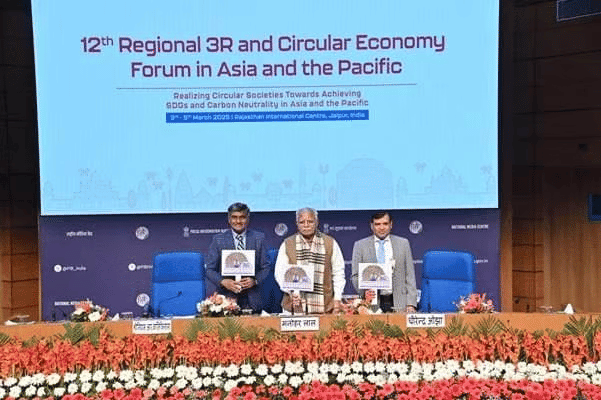
Why in News?
India hosted the 12th Regional 3R and Circular Economy Forum in Jaipur, Rajasthan, focusing on sustainable waste management and the principles of a circular economy. This forum aims to promote practices that prioritize durable, reusable, and recyclable products, ensuring that materials are continuously repurposed, remanufactured, or utilized for various applications.
Key Takeaways
- The forum serves as a regional platform to advocate for the 3R (Reduce, Reuse, Recycle) principles across the Asia-Pacific region.
- It convenes policymakers, industry leaders, researchers, and partners to enhance strategies for resource efficiency.
Additional Details
- Historical Context: The forum was established in 2009 to encourage the adoption of 3R principles and resource efficiency. The Hanoi 3R Declaration (2013-2023) outlined 33 voluntary goals aimed at fostering a resource-efficient and circular economy.
- Theme: The current theme is "Realizing Circular Societies Towards Achieving SDGs and Carbon Neutrality in Asia-Pacific."
- Objectives: The forum aims to discuss and agree on a non-binding “3R and Circular Economy Declaration (2025-2034)” that promotes a resource-efficient, low-carbon, and resilient Asia-Pacific. It also seeks to establish the Circular Economy Alliance Network (CEAN) and explore strategies for achieving net-zero targets and the Sustainable Development Goals (SDGs).
Key Announcements
- P-3 (Pro Planet People) Approach: India's Prime Minister emphasized the P-3 approach to foster sustainable lifestyles and eco-friendly behaviors among citizens.
- Cities Coalition for Circularity (C-3): This global alliance was launched to enhance collaboration among cities, facilitate knowledge sharing, and encourage partnerships with the private sector.
- CITIIS 2.0: A significant Memorandum of Understanding (MoU) was signed focusing on City Investments to Innovate, Integrate, and Sustain, emphasizing integrated climate action efforts.
In conclusion, the 12th Regional 3R and Circular Economy Forum highlights crucial discussions aimed at advancing sustainable practices and fostering collaboration across various sectors to enhance resource efficiency and promote circular economies in the Asia-Pacific region.
India’s Path to a High Income Economy

Why in News?
The World Bank has recently released a significant report titled “Becoming a High-Income Economy in a Generation.” This report outlines India's economic journey over the past two decades and presents a roadmap for achieving high-income status by 2047.
Key Takeaways
- India's average growth rate has been 6.3% from 2000 to 2024.
- To become a high-income economy, India needs to sustain an annual GDP growth rate of 7.8%.
- Key policy reforms are necessary in investment, labor participation, structural transformation, and regional development.
Additional Details
- Investment: India must increase its private and public investment from 33.5% of GDP to 40% by 2035 and encourage higher foreign direct investment (FDI).
- Improving labor force participation from 56.4% to 65% by 2047 is essential, particularly raising female labor participation from 35.6% to 50%.
- Structural Transformation: The focus should be on reducing agricultural employment and enhancing technology adoption in various sectors.
- Encouraging regional growth through improvements in infrastructure, healthcare, and education in less developed states is crucial.
- India must ensure environmental sustainability by adopting clean energy technologies and investing in sustainable urbanization.
In summary, while India has achieved notable economic progress, continued reforms in investment, labor, and technology are vital for reaching high-income status by 2047. With the right policy framework and commitment to sustainability, India can become a model for emerging markets globally.
Agritourism in India
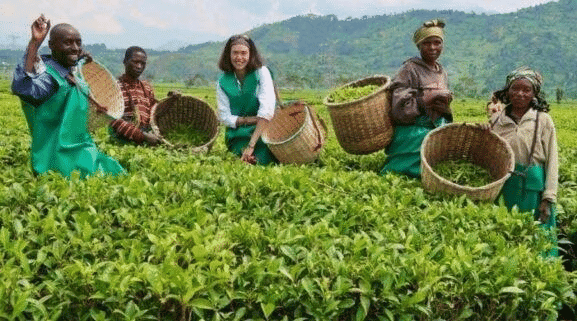 Why in News?
Why in News?
Himachal Pradesh (HP) is promoting agri-tourism to strengthen its economy, where it contributes around 7% to the State's GDP.
Key Takeaways
- Agritourism connects agriculture with tourism, providing farmers with additional income.
- It boosts rural economies and creates jobs while promoting sustainable practices.
- Various states in India have initiated agritourism projects to leverage their unique agricultural assets.
Additional Details
- Agritourism: A commercial enterprise that attracts visitors to farms for education and entertainment, providing alternative income for farmers.
- Benefits:
- It reduces reliance on uncertain crop yields, stabilizing farmers' finances.
- Creates job opportunities for local artisans, guides, and cooks.
- Promotes eco-friendly practices and preserves agricultural heritage.
- State Initiatives:
- Maharashtra: Established the Agro-Tourism Development Corporation (ATDC) in 2005 with various agritourism centers.
- Karnataka: Offers coffee plantation stays in Coorg.
- Kerala: Launched the Kerala Agro-Tourism Network for exploring spice cultivation.
- Sikkim: Focuses on sustainable agriculture lessons and farm visits.
- Challenges:
- High competition from other forms of tourism.
- Poor accessibility to rural areas and financial limitations for farmers.
- Land use conflicts where tourism may divert land from traditional farming.
- Seasonal dependency affecting income stability for agritourism ventures.
Agritourism presents significant potential for enhancing rural economies in India. Through strategic infrastructure development, skill training for farmers, and community participation, agritourism can be effectively expanded to benefit both local communities and tourists alike.
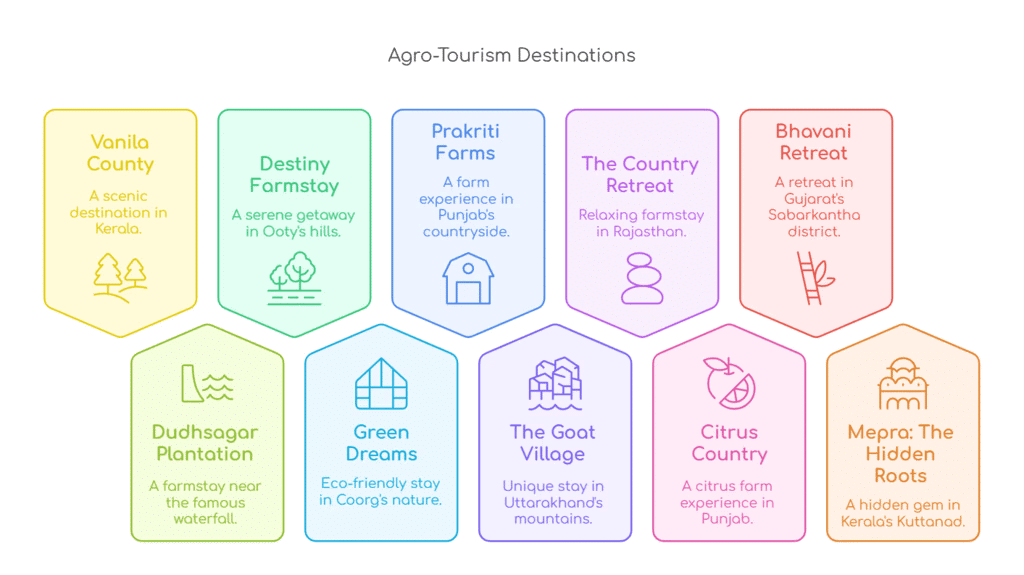 What Challenges are Associated with Agritourism?
What Challenges are Associated with Agritourism?
- High Competition: Low awareness and competition from other tourism sectors can limit growth.
- Poor Accessibility: Inadequate transport and healthcare facilities deter visitors.
- Land Use Conflict: Potential diversion of land from agricultural use to tourism can affect farming.
- Seasonal Dependency: Income can fluctuate with seasonal variations, impacting sustainability.
Way Forward
- Infrastructure Development: Investing in rural connectivity to improve access to agritourism sites.
- Accommodation Facilities: Promoting sustainable farm stays with support for eco-friendly developments.
- Skill Development: Training programs for farmers in hospitality and customer service.
- Regulatory Framework: Establishing clear policies for agritourism activities and safety norms.
Enhancing agritourism can significantly contribute to rural employment and economic stability, aligning with broader government initiatives to promote sustainable tourism and community engagement.
Initiatives in India’s Maritime Sector
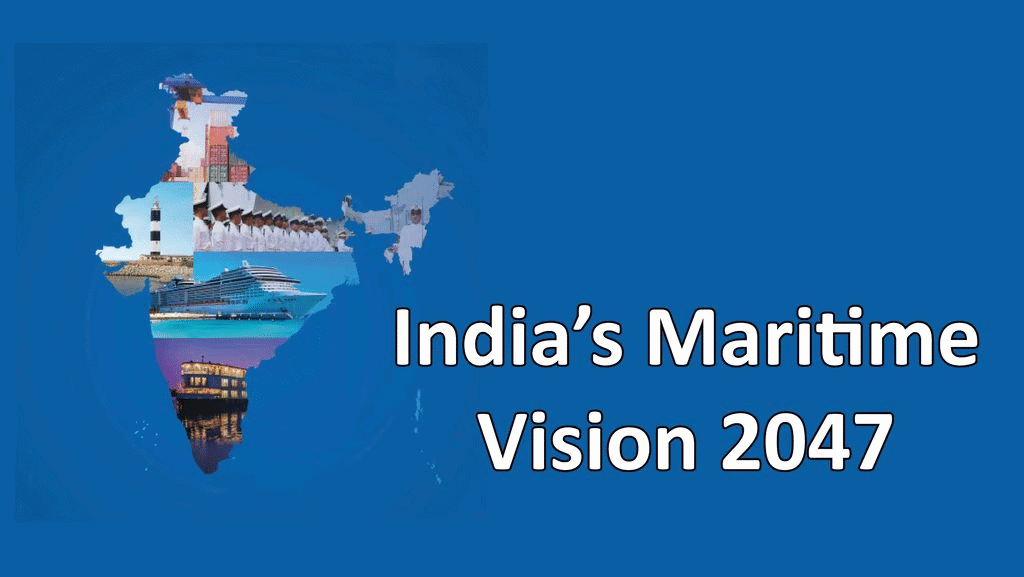
Why in News?
The Ministry for Ports, Shipping and Waterways has recently launched significant initiatives aimed at modernizing India's maritime infrastructure, enhancing efficiency and sustainability in the sector.
Key Takeaways
- One Nation-One Port Process (ONOP): This initiative standardizes port operations, thereby decreasing documentation inconsistencies.
- Sagar Ankalan – Logistics Port Performance Index (LPPI) 2023-24: This index assesses port efficiency based on key metrics such as turnaround time, berth idle time, and cargo handling efficiency.
- Bharat Global Ports Consortium: Aims to expand India's maritime reach by integrating essential stakeholders in port operations, finance, and infrastructure development.
- MAITRI Platform: A digital platform designed to streamline trade documentation, reduce processing times, and foster sustainable trade practices.
- NCoEGPS: The National Centre of Excellence in Green Port & Shipping focuses on promoting eco-friendly shipping and reducing carbon footprints.
Additional Details
- One Nation-One Port Process (ONOP): This process has led to a standardization of documentation, which has reduced container operation documents by 33% and bulk cargo documents by 29%.
- Sagar Ankalan – Logistics Port Performance Index (LPPI): This index evaluates port performance, helping stakeholders understand areas needing improvement and boosting overall efficiency.
- Bharat Global Ports Consortium: This consortium includes India Ports Global Ltd. for operations, Sagarmala Development Company Limited for finance, and Indian Port Rail & Ropeway Corporation Limited for infrastructure development.
- MAITRI Platform: This platform facilitates the Virtual Trade Corridor (VTC) between India and the UAE, with future expansions planned for BIMSTEC and ASEAN regions. It utilizes blockchain technology to enhance efficiency and security.
- NCoEGPS: This initiative promotes the use of cleaner fuels and eco-friendly port management practices, aiming to create a sustainable maritime ecosystem aligned with global environmental targets.
These initiatives collectively aim to position India as a global leader in maritime trade and logistics, ensuring that the sector is equipped for future challenges and opportunities while promoting sustainable practices.
Farmers’ Earning in Agri Produce: RBI
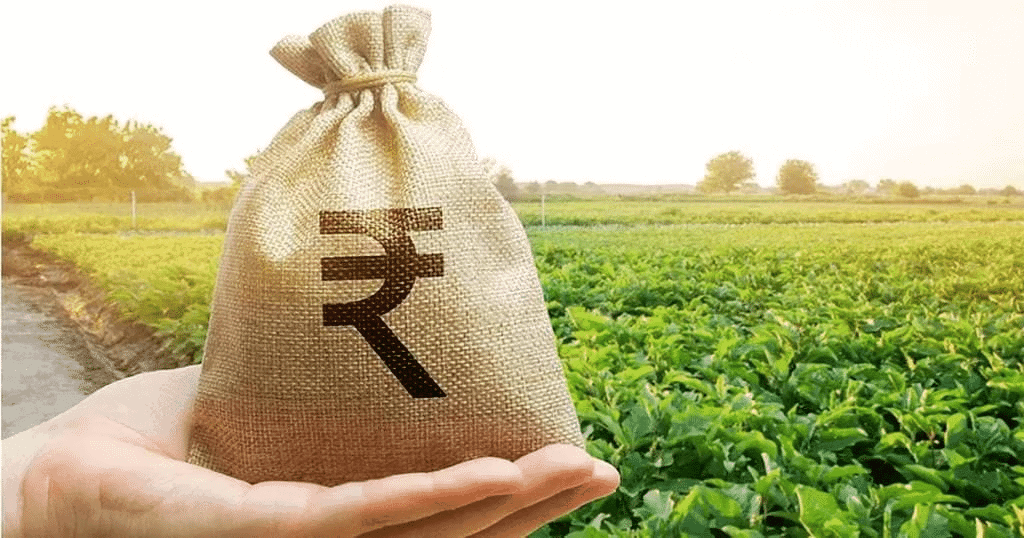
Why in News?
The Reserve Bank of India (RBI) conducted a comprehensive survey to assess farmers' share in consumer prices for rabi crops across India. This pan-India survey included inputs from farmers, traders, and retailers, covering mandis and villages in 18 states and analyzing 12 key crops.
Key Takeaways
- Farmers received between 40-67% of the final consumer price for major crops surveyed.
- Wheat farmers had the highest share, receiving 25% of the consumer price, with many selling at the Minimum Support Price (MSP).
- Rice farmers maintained a stable share of 52% in retail prices, consistent over recent years.
- Lentil (Masoor) farmers earned approximately 66%, while Gram (Chana) farmers received around 60%.
- Farmers' share in fruits and vegetables was notably lower, ranging from 40-63%.
- Digital transactions in agriculture have increased, although cash transactions still dominate.
Additional Details
- Farmers’ Share in Consumer Prices: The survey revealed that farmers' earnings vary significantly among different crops, with non-perishable crops like wheat and pulses offering better returns compared to perishable crops.
- The high share of traders and retailers often exceeds 50% for perishable items, indicating a need for better market access for farmers.
- Challenges in the supply chain, such as multiple intermediaries, limit transparency and often reduce farmers' actual earnings.
- Factors affecting perishable crops include short shelf life and seasonal production, which contribute to lower farmers' shares.
This survey highlights the ongoing challenges faced by farmers in securing fair prices for their produce and underscores the importance of addressing supply chain inefficiencies to enhance farmers' earnings.
|
98 videos|923 docs|33 tests
|
FAQs on Economic Development: March 2025 Current Affairs - Current Affairs & General Knowledge - CLAT
| 1. What are the key factors driving the growth of India’s pharmaceutical industry? |  |
| 2. How is district-level GDP estimation conducted in India? |  |
| 3. What initiatives are being taken to strengthen India’s spice industry? |  |
| 4. Why are CPSEs budgetarily dependent, and what are the implications? |  |
| 5. What does the IMF report highlight about India’s financial system? |  |
















